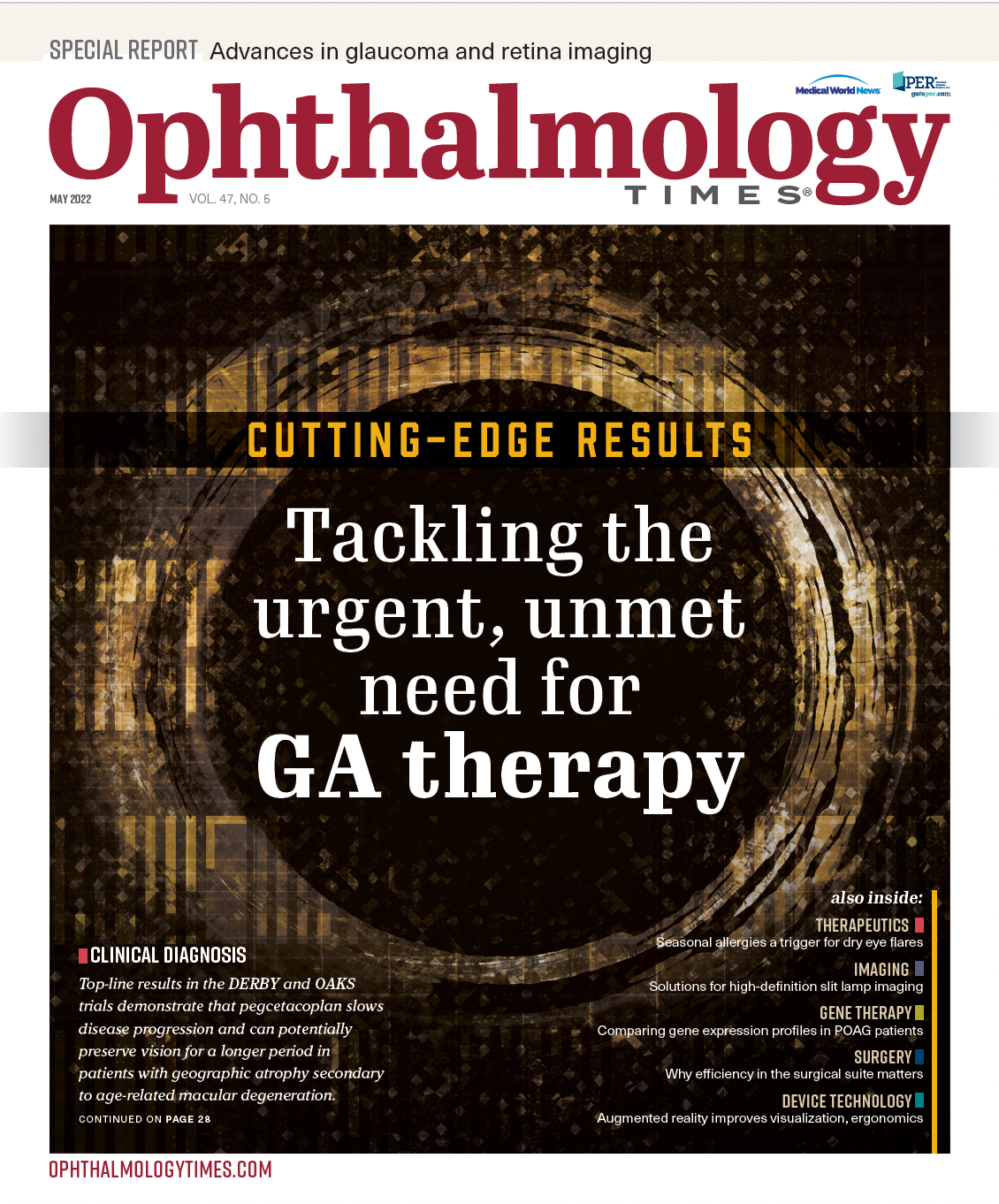- COVID-19
- Biosimilars
- Cataract Therapeutics
- DME
- Gene Therapy
- Workplace
- Ptosis
- Optic Relief
- Imaging
- Geographic Atrophy
- AMD
- Presbyopia
- Ocular Surface Disease
- Practice Management
- Pediatrics
- Surgery
- Therapeutics
- Optometry
- Retina
- Cataract
- Pharmacy
- IOL
- Dry Eye
- Understanding Antibiotic Resistance
- Refractive
- Cornea
- Glaucoma
- OCT
- Ocular Allergy
- Clinical Diagnosis
- Technology
Technology, people key to improving health outcomes, driving revenue
Solutions should address staffing shortages and burnout.
Across healthcare (and in almost every other industry), when leaders are asked what keeps them up at night, the answer is resoundingly clear: staffing. Although the past few years have seen incredible progress in the adoption and reimbursement for health care technologies like virtual visits and remote patient monitoring (RPM), the issue around people and staffing remains.

As we enter into the third year of the pandemic, we wanted to get a better understanding of the pain points and stressors that health care professionals are experiencing, and how technologies like RPM could better support them and their patients. Late last year, we spearheaded a national survey of providers and office managers across three segments: solo practices, group practices, and hospital-affiliated to learn more about their challenges and triumphs.
What we found: health care solutions need to also address the much bigger problem of staffing shortages and burnout. RPM allows providers to monitor patients’ health outside the office visit, and can alleviate this pressure by allowing practices to grow and scale to support more patients.
Billing, lack of time and staffing
Our survey found an inverse relationship between practice size and billing. Many solo providers reported doing their own billing, but as practice size increases, billing/insurance concerns decrease because those are handled by different individuals or departments.
Top stressors by segment:
- Solo practices: 38% reported that their top stressor is billing or insurance issues
- Group practices: 35% responded that their top stressor is working too many hours/not enough time to complete their work
- Hospital-affiliated practices: 69% said their top stressor is adequate staffing/turnover, followed by working too many hours (54%)
Although the numbers of pandemic-related hospitalizations may be falling in many areas across the country and offices are not backlogged with COVID-19 infections, the reality is that burnout and staffing issues are a top concern for different kinds – and sizes – of provider organizations.
When it comes to technology, many are still playing catchup
While the industry sometimes saw seismic shifts in technology adoption such as telehealth and RPM over the past few years, the most recent technology that the vast majority of those surveyed was EHRs and EMRs. The findings reveal a few added telehealth platforms or tools and clinical lab equipment. The data show these organizations are, in many cases, just getting their technology foundation laid with electronic health records.
For technology purchases, lack of resources and clinical outcomes top the list
When diving a bit deeper into a specific technology, respondents reported that they would need to understand how RPM improves clinical outcomes and what staff time and resources are needed to manage a program. Coming in third was revenue opportunities, followed by reimbursement.
The network effect
When it comes to finding information about new health care technologies, providers and practice managers seek out in-person channels, such as colleagues, peers, conferences or networking events. In a busy tech-driven environment, word-of-mouth referrals can help bring clarity, build trust and carry more weight than social media.
The takeaway
It has always been true that successful technologies address a true industry business problem, and this is especially true for health care and the rise of remote care and RPM technologies. As we provide care through the pandemic, the problems of staffing and burnout are very real and visceral for providers across segments and sizes.
This provides us with an opportunity to solve problems in new ways and leverage technologies like RPM to deliver care in ways that both improve patient outcomes and provider productivity, and hopefully – if we are all successful – reduce the worrying levels of burnout.
Todd Haedrich is the CEO of Optimize Health.

